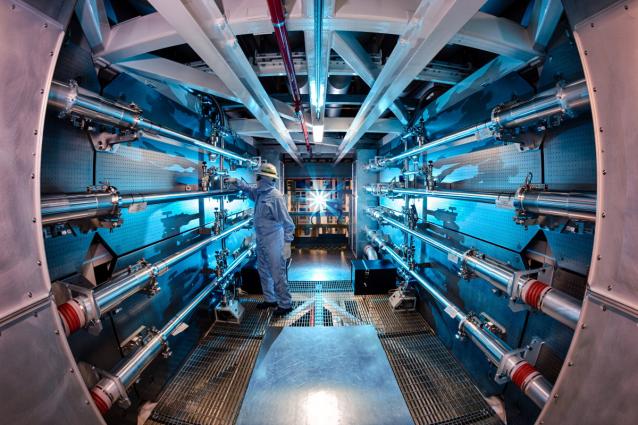A very interesting article, with many interesting photos, about the construction of the massive International Thermonuclear Experimental Reactor (ITER) in France.
some excerpts:
some excerpts:
The construction — across 39 building sites — is incredibly complex. The main worksite is a markedly sterile environment, where tremendous components are being put into place with the help of 750-ton cranes. Workers have already put together the shell of the tokamak, but they are still awaiting some parts, including a giant magnet from Russia that will sit at the top of the machine.
The dimensions are mind-blowing. The tokamak will ultimately weigh 23,000 tons. That’s the combined weight of three Eiffel towers. It will comprise a million components, further differing into no fewer than 10 million smaller parts.
This powerful behemoth will be surrounded by some of the largest magnets ever created. Their staggering size — some of them have diameters of up to 24 meters — means they are are too large to transport and must be assembled on site in a giant hall. Given the huge number of parts involved, there’s simply no room for error.
Even the digital design of this enormous machine sits across 3D computer files that take up more than two terabytes of drive space.
Behind hundreds of workers putting the ITER project together are around 4,500 companies with 15,000 employees from all over the globe.
Thirty-five countries are collaborating on ITER, which is run by seven main members — China, the United States, the European Union, Russia, India, Japan and South Korea.
But as Russia seeks to redraw Europe’s map with its war in Ukraine, and even challenge the post-war world order, there are concerns over the country’s continued role in ITER, and just as many over its potential exclusion.
Russia has also provided some of the most critical elements of the ITER project and is one of its main funders. The magnet for the top of the tokamak, for example, was made in St. Petersburg and waits there, ready to be sent to France, said ITER’s head of communications, Laban Coblentz.
So far, Russia’s involvement in the project hasn’t changed in any way, he said.
"ITER is really a child of the Cold War,” Coblentz said. “It's a deliberate collaboration by countries that are ideologically unaligned who simply share a common goal for a better future.”
He pointed out that the seven main members have been through many tense events since ITER’s conception in 1985.
Last edited by a moderator:





